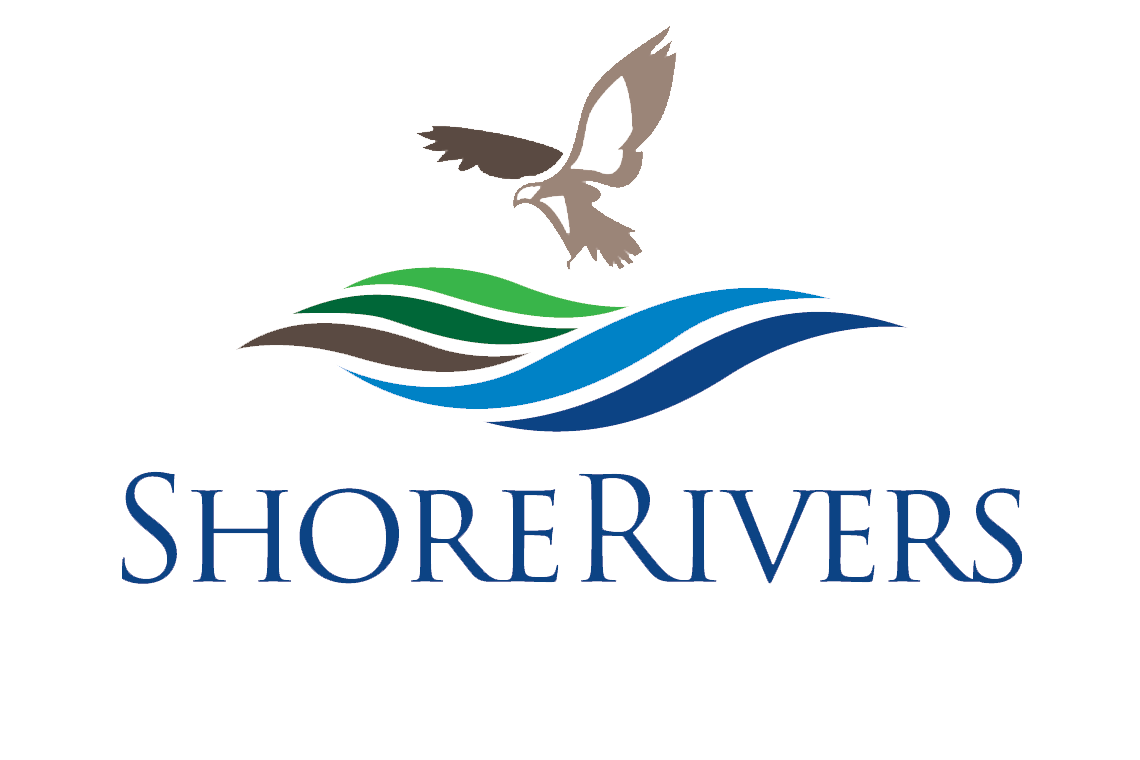Delegates from the House Environment and Transportation Committee, including Eastern Shore representative Jay Jacobs, tour a farm restoration site with Ag Director Tim Rosen.
In September, ShoreRivers hosted elected officials from the Senate Education, Health, and Environmental Affairs Committee and the House Environment and Transportation Committee to learn about threats to Eastern Shore waterways and policy priorities for the 2020 Maryland legislative session. Senators and delegates also toured the Eastern Shore Conservation Center, visited a ShoreRivers agricultural restoration project, and toured the University of Maryland Center for Environmental Science Horn Point Oyster Hatchery.
ShoreRivers’ 2020 legislative priorities include initiatives on agriculture, development, enforcement, energy and infrastructure, and fisheries management. This was a prime opportunity for committee members to learn more about environmental threats to water quality specific to the Eastern Shore.
Director of Riverkeeper Programs and Choptank Riverkeeper Matt Pluta says, “By hosting our environmental committee representatives, we hoped to forge new partnerships that will help us address threats to our rivers at the state level, where real systemic change can be made.”
During their visit, state lawmakers showed specific interest in seeing the Phosphorus Management Tool fully implemented, which would reduce the application of chicken litter on phosphorous-saturated soils on the lower Eastern Shore by coordinating transport of the fertilizer to other farms. They also expressed interest in working with ShoreRivers to strengthen regulations that protect rivers from construction runoff in order to better protect against more frequent storms and heavier rain.
The group also discussed eliminating the backlog of outdated pollution permits, strategies to protect the oyster population, and increasing the inclusiveness of diverse communities in efforts to achieve healthy waterways across Maryland’s Eastern Shore.
“We received a great amount of feedback and discussion from the committee members about our policy priorities, and we look forward to working with these lawmakers on the issues that affect our rivers the most, including agricultural nutrient pollution, increased development pressure, and fisheries management,” says ShoreRivers Executive Director Jeff Horstman.
Additionally, ShoreRivers presented to the Chesapeake Bay Commission on impediments to achieving EPA-mandated pollution reductions by 2025. The Phase III Watershed Implementation Plan defines the amount of pollution that needs to be eliminated and allocates it by geography and by source sector. One third of Maryland’s nitrogen reductions will come from the agricultural sector on the Eastern Shore. In order to reach these reductions, Maryland needs to hire more personnel for Soil Conservation District offices, identify more funding for project design, and streamline the project implementation process. ShoreRivers will play a significant role in putting projects in the ground to meet these pollution reduction goals and achieve healthier rivers.
Senators from the Education, Health, and Environmental Affairs Committee


